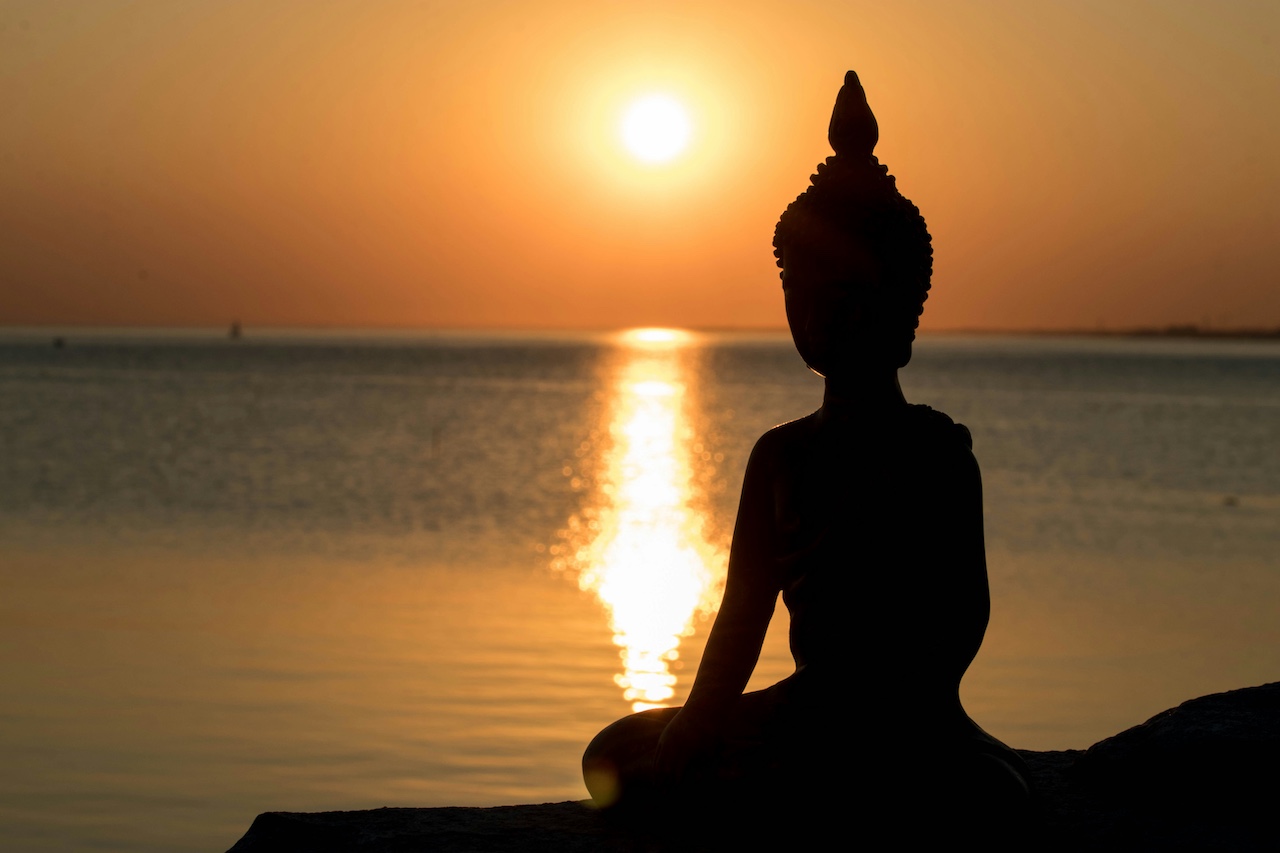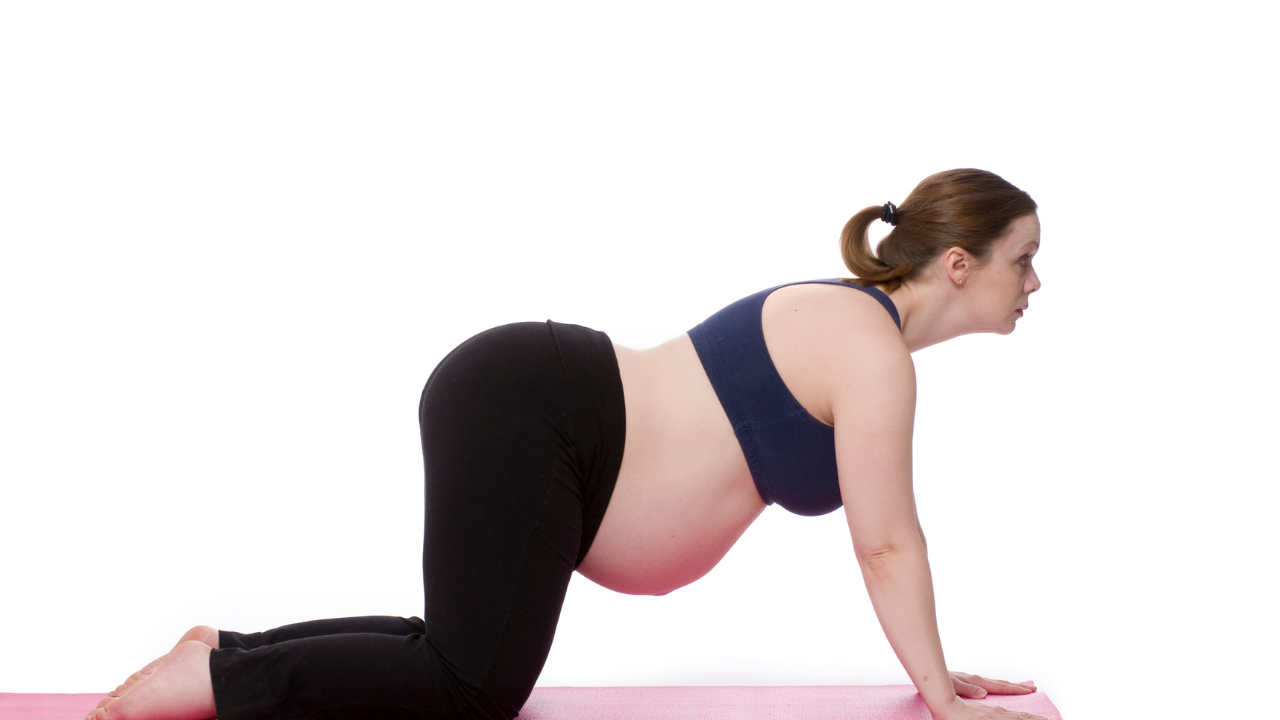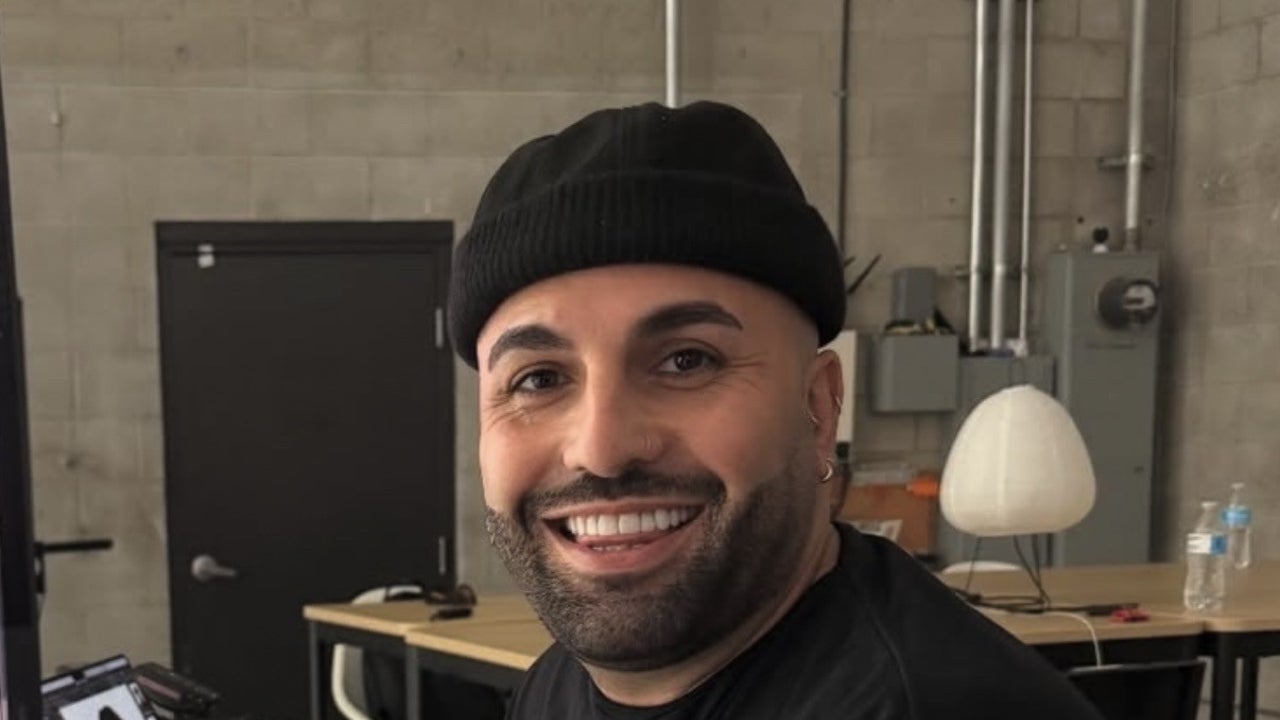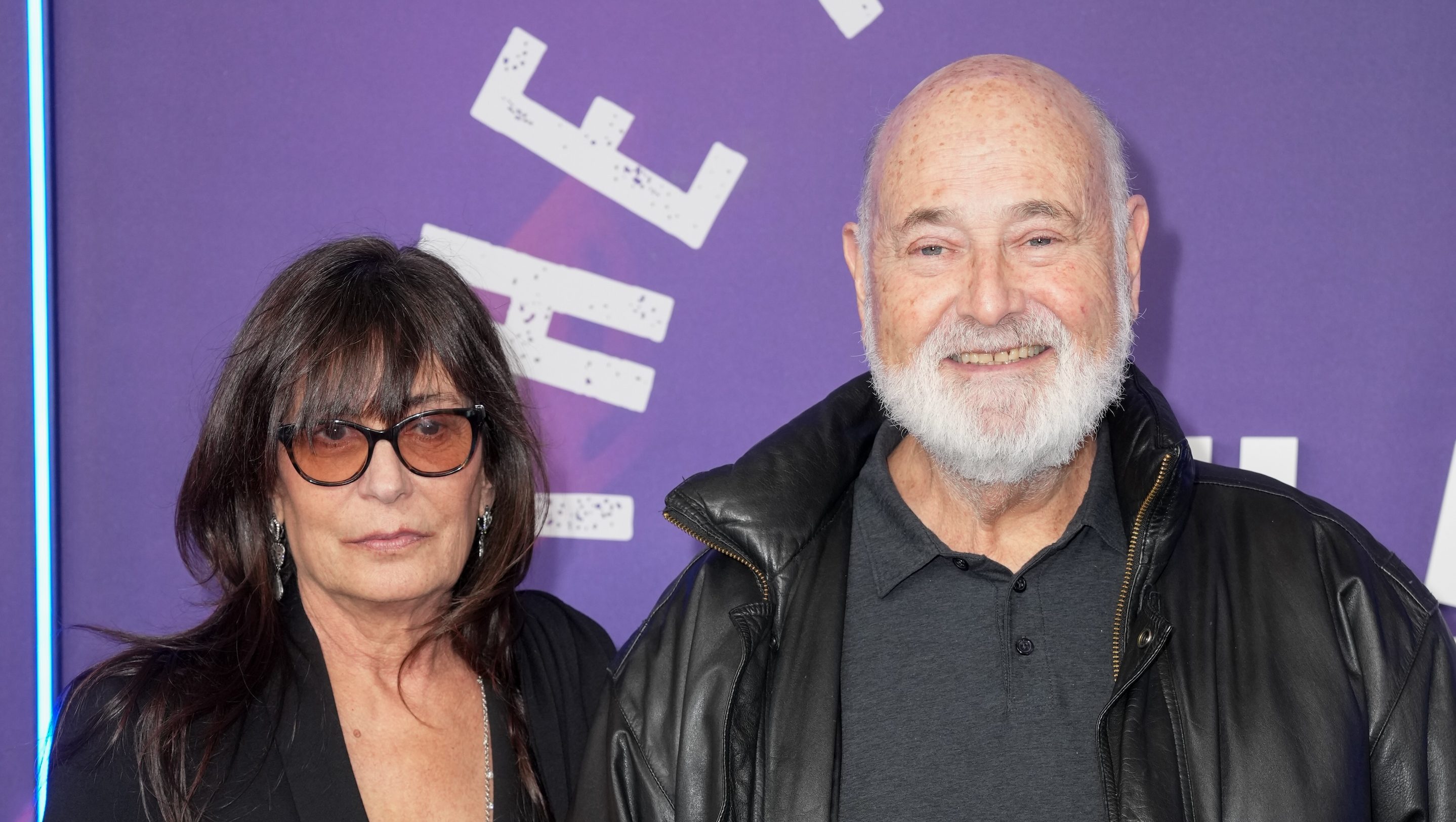Parenting in Anxious Times
How do we model good behavior when we’re watching the world fall apart? The post Parenting in Anxious Times appeared first on Tricycle: The Buddhist Review.
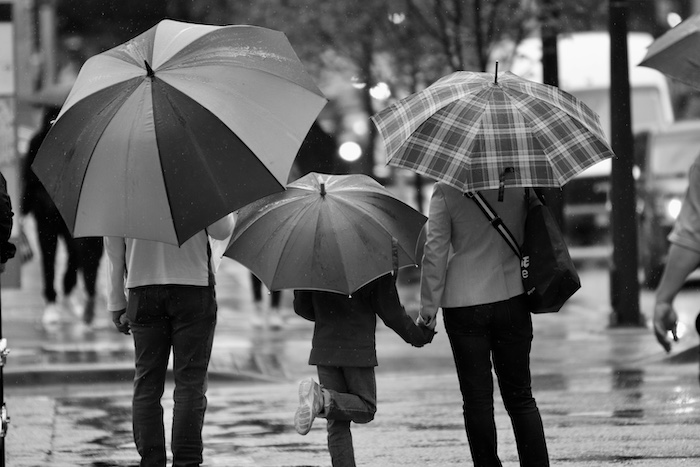
It is puzzling how I survived those early demanding years as a mother, ricocheting between work and home, especially since I didn’t have a very good role model in my own upbringing. Turns out that consistent meditation practice, not birthing classes or parenting books, is what has served me the most as a living laboratory on this path. As Jon Kabat-Zinn says, “Parenting is the best monastery for cultivating mindfulness.” Below, I share some practices on how to raise children and how to grow as a parent.
A screaming child at 6:00 p.m. is fairly common, except when the sound interrupts intended silence—in this particular case, a meditation I was guiding one Tuesday in late March, on Zoom from my home in Cambridge, Massachusetts. I attempted to continue leading the practice despite the disturbance but eventually poked my head out and requested some quiet, please. My 8-year-old daughter cried out, “It’s not fair! I can’t control my feelings. You can’t control me.”
It dawned on me, some calm and distance later, that I resonated with her frustration as I tuned into the political situation in this country and all over the world. I wanted to cry out into the void too. Things didn’t seem fair, and autocratic efforts to control women’s bodies, along with our educational, social, and economic realities were unjust, undemocratic, and very dangerous. In this milieu, there are times when I can’t manage my emotions either. The dharma refrain of the first noble truth—there is suffering—was alive for both of us.
We have known tough times as a family. During the Covid-19 pandemic, my older daughter developed panic attacks and nightmares. George Floyd’s murder affected her deeply, and she began to fear for my safety. Struggling with social isolation, her 6-year-old mind equated that act of racial violence to the police coming after me as an Indian immigrant. Our present moment has a similar and even more sinister feel to it as we witness harm being done and dread the unknown long-term impact of chaotic and cruel actions. Fortunately, the dharma offers a timeless refuge, and practices to hold us steady in the midst of our individual and collective turmoil.
Feel It to Heal It
I find Maria Montessori’s enduring instructions to “follow the child” compatible with the Buddha’s teaching of “ehipassiko,” a Pali term that means “come and see for yourself.” To truly understand what my children are experiencing and expressing, I have to pause and come close. To see clearly, I must slow down enough that my habitual reactivity has a chance to stop. Again and again, I practice letting go of being in charge, and trusting the wisdom of the young in my care. Attuning to their feelings and needs, I can empathize with the truth of their experience and, from that place, provide them with wise guidance for coping with this challenging world.
When the screams intruded on my teaching, I was annoyed. The dharma medicine came in the pause as I remembered that external conditions tend to be out of our control. After the class was over, I sat beside my daughter and we made space for her intense feelings. Breathing and being grounded together, the teaching of equanimity allowed me to be present and hold a wider perspective. I dropped the familiar pull to fix or control my daughter, and asked her to inquire into her own feelings: How were they showing up in the body? Sensing my patience and curiosity—my interest without an agenda to quiet her—she was more responsive and open.
Most children can tap into embodied awareness and notice bodily sensations. Naming and feeling the feelings is the first step in exploring how to work with emotional reactivity in a way that is aligned with nonharm. It also creates space for the angry part to be seen and heard and for us to understand what it needs. Sometimes when she’s upset, my daughter pushes against me and it can hurt. When that happens, I remind her that for her own safety and for the safety of others, it is important to choose a nonharming expression of her feelings, to redirect her “anger work” toward pillows or other inanimate objects. Setting boundaries is an act of care and often reveals that under our anger are tears or the need for a hug. Managing reactivity can make room for compassion.
Softness and Ease with All Things
As a parent, I worry about the potential dismantling of the Department of Education and the reversal of climate change policies, the obvious harm on so many levels of our society. I worry about the effect of growing intolerance on my gender-nonconforming third grader and a sensitive 12-year-old who so deeply feels the world’s problems as her own.
Worries tend to leave a sticky, contagious trail that kids pick up on energetically. A teaching from Munindraji, an Indian vipassana meditation teacher, “Do everything with softness and ease,” guides me during times of unsettledness. Getting down on the floor with my daughter as she plays with stuffed animals. Saying “yes” to sudden requests for after-dinner park play or bites of jaggery (an Indian raw sugar) from the pantry. Instead of rushing to school in the morning, we take intentional steps to connect by reading a short book. The practice of metta, loving-kindness, tenderizes the heart, soothes the body, and opens the mind. It is not a cop-out or denial by pretending to feel a certain way but rather a commitment to unconditional positive regard no matter the circumstances—a radical and heart-opening way to meet this moment of harshness.
Model Wise Response
Life with children means a ceaseless stream of questions and plenty of opportunities to practice right speech. Is it true? Is it kind? Is it relevant, timely, and onward-leading? Getting angry at rapidly spreading authoritarianism and hiding it from my kids didn’t work so well. They see and hear things, and have current events assignments at school.
So what does work? First, I acknowledge the difficulties, especially for those who are marginalized and vulnerable, and make space for the accompanying grief and heartbreak. Then we channel that energy into a positive direction: doing kind acts for neighbors, baking a lemon cake together for an elderly friend, making a sign and going to a protest in downtown Boston, turning off the lights when we leave a room, or buying less of what we don’t need. We don’t turn away, rather we turn toward what we can do and commit to our daily practice of small healing acts.
Make Space for Joy
The Buddha pointed to joy as an essential quality on the path, as it provides fuel for the actions above. I am so grateful for the natural disposition of children being joyful because I would be lost without it. Jumping on couches and chasing squirrels, they bounce from one activity to the next, thrumming with life, just like the cool bubbles generated from an underground stream. We explore our urban environment, gawking at a red-tailed hawk by the Charles River and learning the names of flowers. I show them how to crush cardamom for tea and take pleasure in the simple, ordinary movements of an otherwise uneventful day. They teach me, too, and I do my best to listen. If there’s a spill while cooking, I hear the tween pipe up, “Oh, it’s an accident. Mistakes are OK.” This permission brings relief to my perfectionist tendencies and makes more space for joy.
Do Your Inner Work
In addition to dharma practice, I’ve found it helpful to incorporate therapy as part of my parenting tool kit. I finally thought I had hit my parenting stride when my kids were out of diapers, all their baby gear was passed on, and travel became easier. And then came the tweens. Nothing could have prepared me for the mood swings and eye rolls of that period. Why was I so triggered, and why was my older daughter growing more distant?
Inner work helped me to see how my own childhood trauma, which intensified around the same age, was being provoked by parenting a tween. The answer to a better relationship with my sixth grader lay in continuing to heal those parts of me that were still stuck in their old wounds. Only then would I be able to offer compassion as a loving parent to my daughter, who was going through a confusing developmental phase.
Poet June Jordan once said, “Children are the ways the world begins again and again.” We are always beginning again, and, especially when things feel overwhelming, it can be useful to remember that all conditioned phenomena are inconstant. Parenting is the living experience of constant change, a path we can learn to navigate with love, compassion, curiosity, and joy.

 Troov
Troov 








